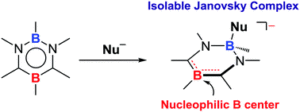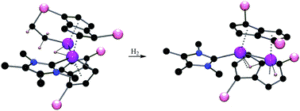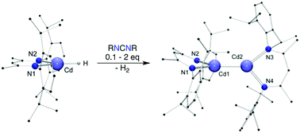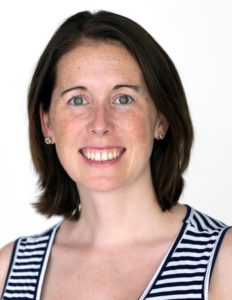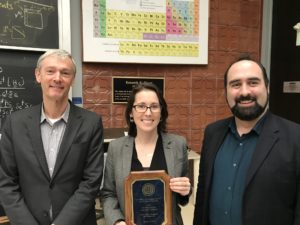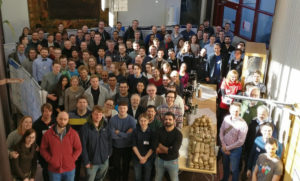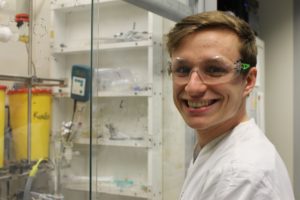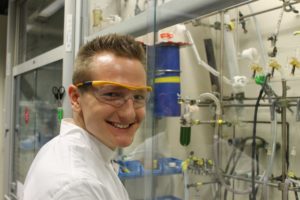Professor Philip P. Power (University of California, Davis) turned 65 in April 2018 and in honour of this anniversary and his immense influence on the field of organometallic chemistry we’re pleased to introduce a new cross-journal themed collection.
Guest edited by Roland C. Fischer, Michael S. Hill, and David J. Liptrot, the collection brings together 27 of Professor Power’s key RSC papers with specially commissioned work for Dalton Transactions and Chem. Commun. by over 45 by his coworkers and protégés.
Read the editorial, in which the guest editors give an overview of Professor Power’s career and highlight some of his contributions to the study of low coordinate systems, multiple bonding, small molecule activation, and London dispersion forces, or read on to check out some of the many hot articles inspired by his work.
1,3,2-Diazaborole-derived carbene complexes of boron
|
Dalton Trans., 2018,47, 41-44
1,3,2-Diazaborole-derived carbene complexes of boron were synthesized via 1,2-hydrogen migration. |
 |
A snapshot of inorganic Janovsky complex analogues featuring a nucleophilic boron center
| Chem. Commun., 2017,53, 12734-12737 10.1039/C7CC07616A The addition of phenyl lithium (PhLi) to an aromatic 1,3,2,5-diazadiborinine (1) afforded isolable ionic species 2, which can be deemed as an inorganic analogue of a Janovsky complex. |
|
Dalton Trans., 2018,47, 1014-1017
10.1039/C7DT04286H The reaction of the Pn ligand complex [Cp*Fe(η5-P5)] (1: Cp* = η5-C5Me5) with CuCl in the presence of 4,4′-bipyridine or 1,2-di(4-pyridyl)ethylene leads to the formation of three unprecedented neutral 2D organometallic–organic hybrid networks. |
 |
C–H and H–H activation at a di-titanium centre
| Chem. Commun., 2017,53, 13117-13120 10.1039/C7CC07726B |
Divergent reactivity of nucleophilic 1-bora-7a-azaindenide anions
|
|
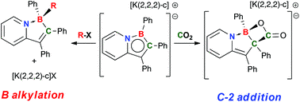 |
Carbodiimides as catalysts for the reduction of a cadmium hydride complex
| Chem. Commun., 2018,54, 460-462 10.1039/C7CC08393A |
All articles in this collection will be free to access until the 19th of June.


